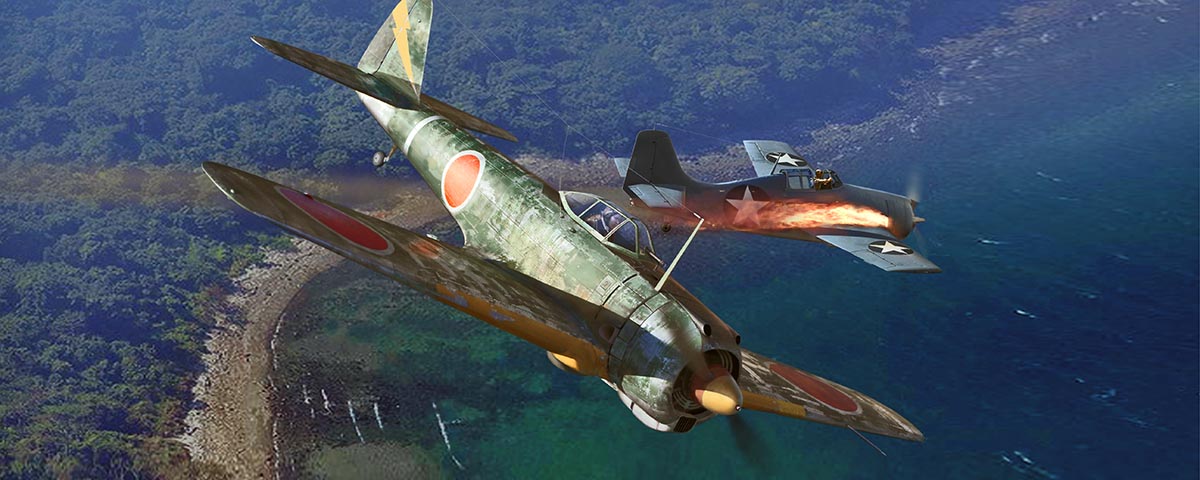GregP
Major
I worked on an A6M-5. Many places where an American plane had .040" skins, it had .032" skins. Places where we had .032" skins, the Zero had .025" skins. It IS quite light, but it also has enough structural strength to have an identical failure point (12 g). It won't tolerate as much battle damage before something fails but, when it is undamaged, it is as strong as it needs to be.

